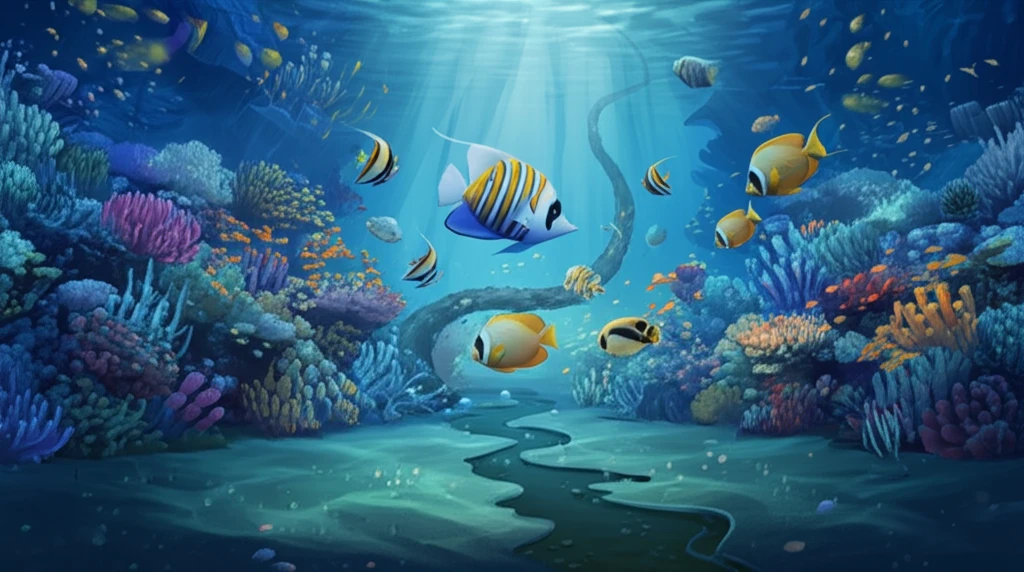
Hidden Reef Dangers: How Sewage Pollution Affects Coral and Your Health
"Uncover the alarming link between sewage, reef ecosystems, and the potential health risks lurking beneath the surface."
Coral reefs, vibrant ecosystems teeming with life, face increasing threats from human activities. Tourism, overfishing, and pollution from urban development all contribute to the decline of these underwater habitats. While the impact of bacteria on corals is well-documented, the role of yeasts, another type of microorganism, is less understood.
A recent study investigated the diversity of yeasts associated with corals in Brazilian reefs, focusing on the impact of sewage discharge on these microbial communities. The research aimed to identify the types of yeasts present in coral and evaluate how pollution affects their composition.
Zoanthids, soft corals often found in reefs, were the focal point of the study. These organisms, lacking a hard skeleton, are considered an intermediary between hard corals and sea anemones, and create microniches for various microorganisms, including yeasts. Understanding the yeast communities in these corals is crucial to assess the overall health of reef ecosystems.
The Unseen Impact: Sewage and Reef Yeast Communities

The study, conducted on reefs off the coast of Maceió, Brazil, compared yeast populations in two locations: one exposed to high levels of sewage (Ponta Verde reef) and another with lower levels of anthropogenic impact (Sereia reef). Researchers collected samples from three common zoanthid species—Palythoa caribaeorum, Palythoa variabilis, and Zoanthus sociatus—and isolated and identified the yeasts present.
- Ascomycota yeasts were dominant, thriving on organic matter from coral compartments.
- The Ponta Verde reef, affected by sewage, showed a less diverse, more homogeneous yeast population.
- Several species identified had never been recorded in marine environments before.
- Specific yeast species were more abundant in particular coral species, indicating potential host-microbe relationships.
Protecting Our Reefs, Protecting Our Health
This study underscores the urgent need to address sewage pollution in coastal areas to protect coral reefs and safeguard public health. By reducing pollution and preserving the biodiversity of these vital ecosystems, we can ensure the health of both the environment and the communities that depend on it.
